Cause of Phenomenon :
- The play of color is caused by the diffraction of light from the spheres of silica gel in the opal structure. Specific colors are seen depending on the size of the silica gel and their arrangement in the structure.
- Opalescence or the milky effects in white opals are due to scattering of white light by particles within the stone.
- Opal cat’s eye is caused by the presence of parallel fibers of chiastolite (these fibers tend to give a D.R. reaction under the polariscope and an incorrect effect of D.R. for the stone).
Chemical Composition : SiO2.nH2O + Al, Fe, Ca, Mg, Na in traces. Some contain small amounts of radioactive elements. Water percentage is variable.
Classification / Type : Types of Natural Opal
- Natural Opal type 1: Opal presented in one piece in its natural state (apart from cutting or polishing) and is of substantially homogenous chemical composition.
- Natural Opal type 2: Opal presented in one piece where the opal is naturally attached too the host rock in which it was formed and the host rock is of a different chemical composition. E.g.: Boulder Opal.
- Natural Opal type 3: Opal presented in one piece where the opal is intimately diffused as infillings of pores or holes between grains of the host rock in which it was formed. E.g.: Matrix Opal.
Crystal System / Forms : Amorphous. Aggregates, concretions, botryoidal.
Cuts & Uses : Facetted cuts, cabochons, beads, etc.
Dispersion : None.
Hardness : 5.5 - 6.5
Lustre : Vitreous.
Magnification : Crystalline inclusions (needles of hornblende, quartz and goethite), flow structures, cloud like inclusions, dendritic inclusions (cristobalite).
Optic Character : Isotropic (S.R.), A.D.R. (S.R.), A.G.G.
Pleochroism : None.
Refractive Index / Birefringence : 1.44 – 1.47; Hydrated Opals: can go upto 1.40 / Nil.
Simulants (with separation tests) :
- Gilson created opal or Synthetic Opal (structure, inclusions).
- Slocum glass (stable color flashes, S.G., inclusions)
- Opalite is a plastic imitation with play of color (R.I., S.G., inclusions)
- Composite (doublet and triplet)
- Chalcedony (R.I., S.G.)
Sources : Australia, Mexico, China, Brazil, U.S.A. (California), Indonesia.
Specific Tests :
- The body tone refers to the relative darkness or lightness of the opal, while ignoring its play of color. Opal with a distinctly colored body e.g. dark yellow, dark blue etc. should be classified as black, dark or light opals while referring to body tone.
- Opal contains water and any sudden changes in temperature may cause it to crack or fracture.
Spectrum : Not characteristic.
Synthesis : Synthesized by the gel growth process. Identified by mosaic pattern within which a lizard skin / chicken wire pattern is seen, columnar structure seen from the girdle and zoning.

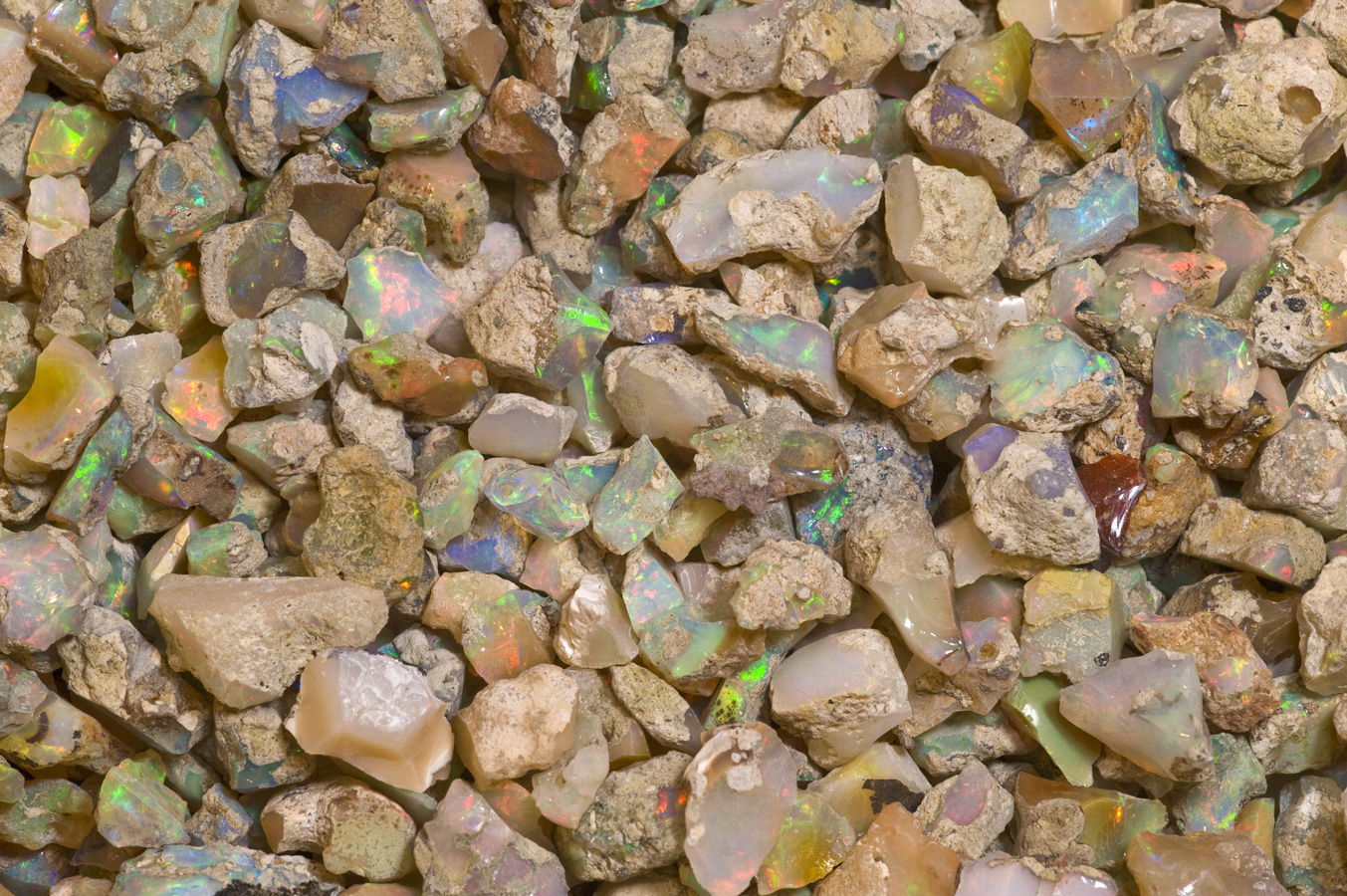
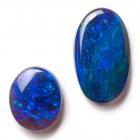
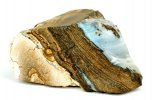
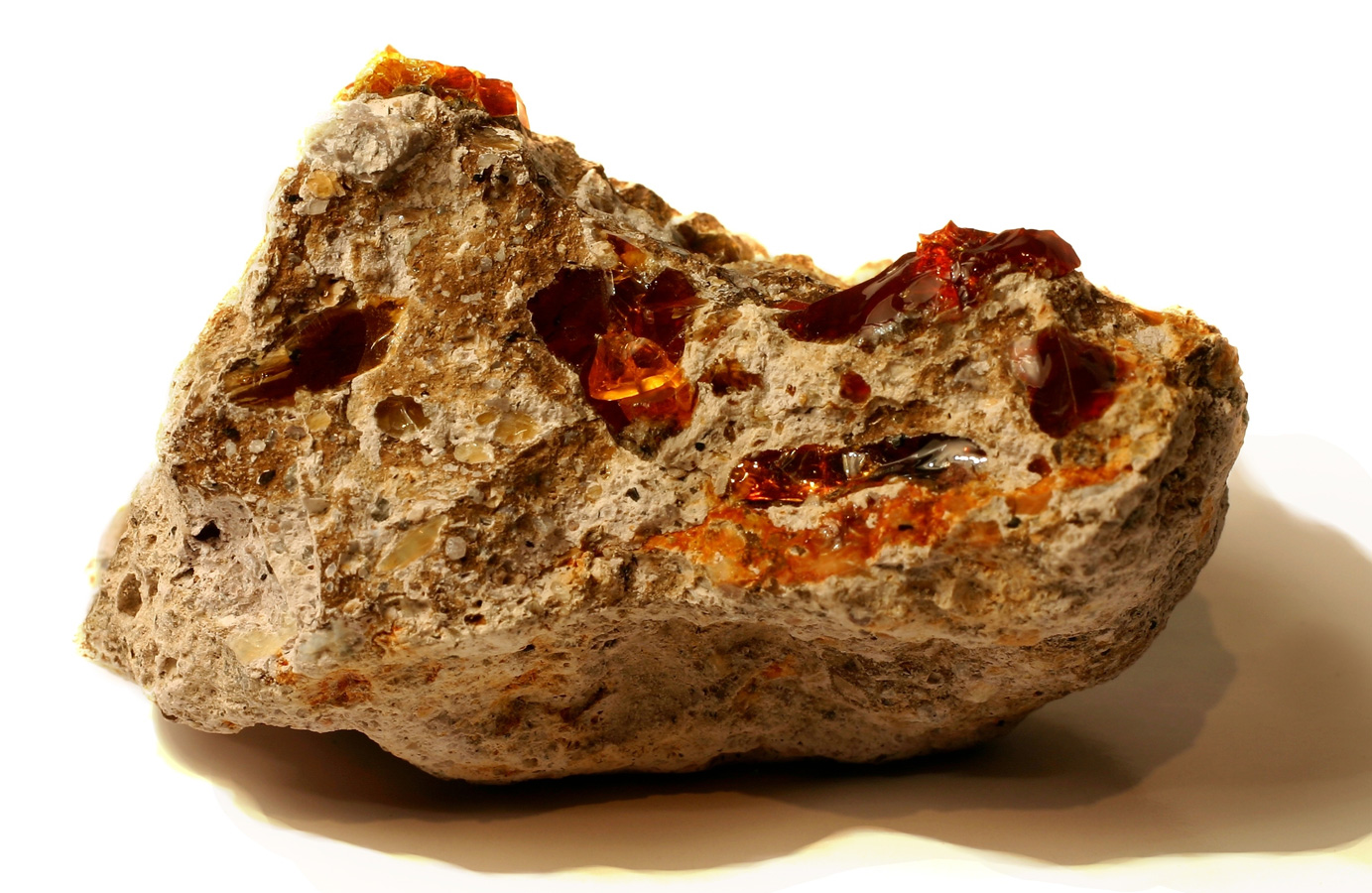
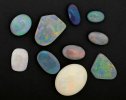
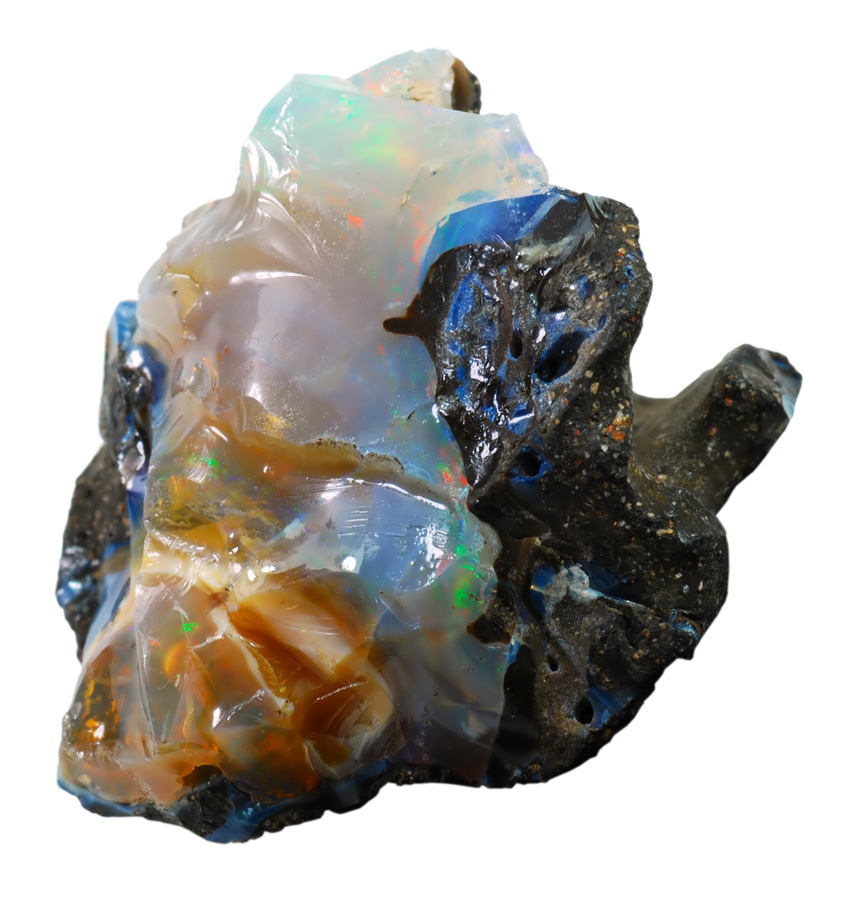
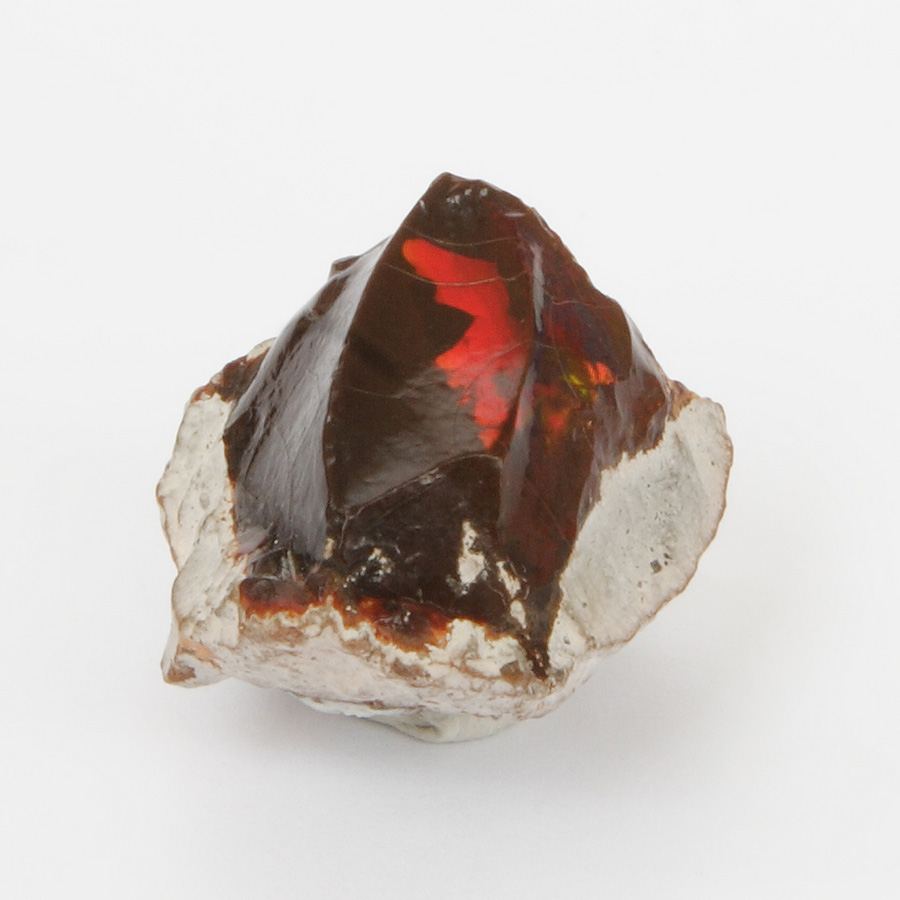
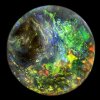
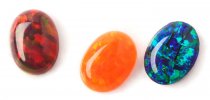
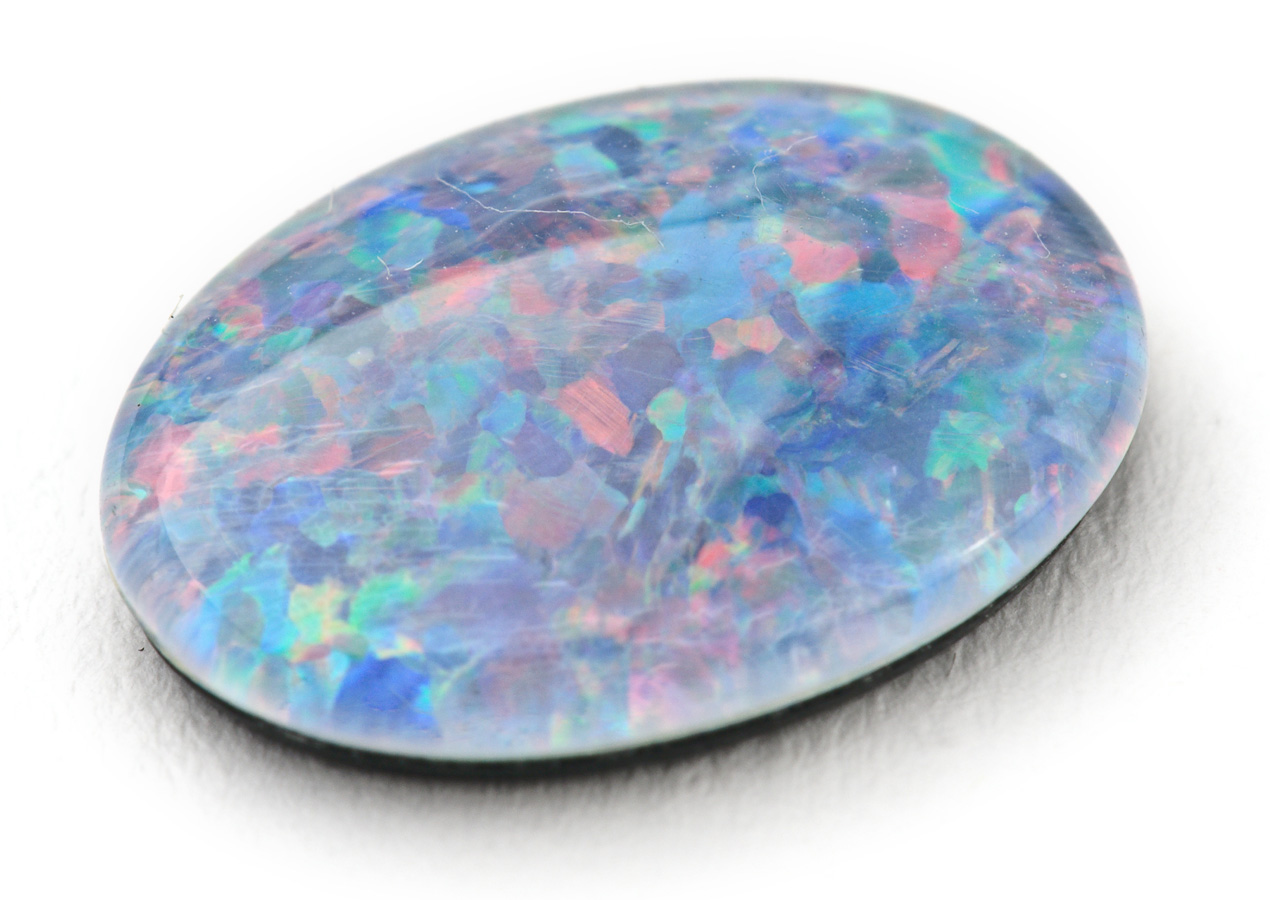
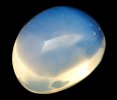


























Leave a Reply
You must be logged in to post a comment.